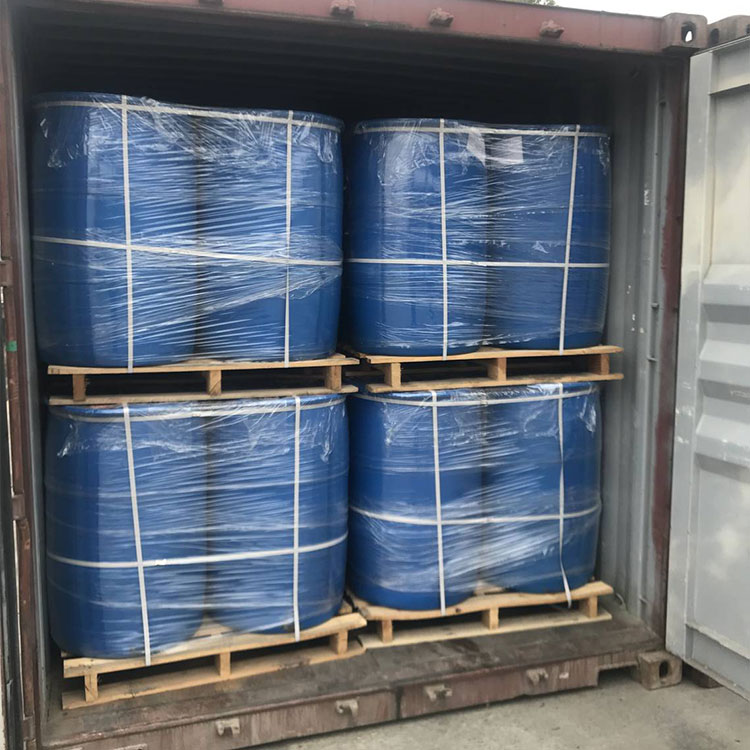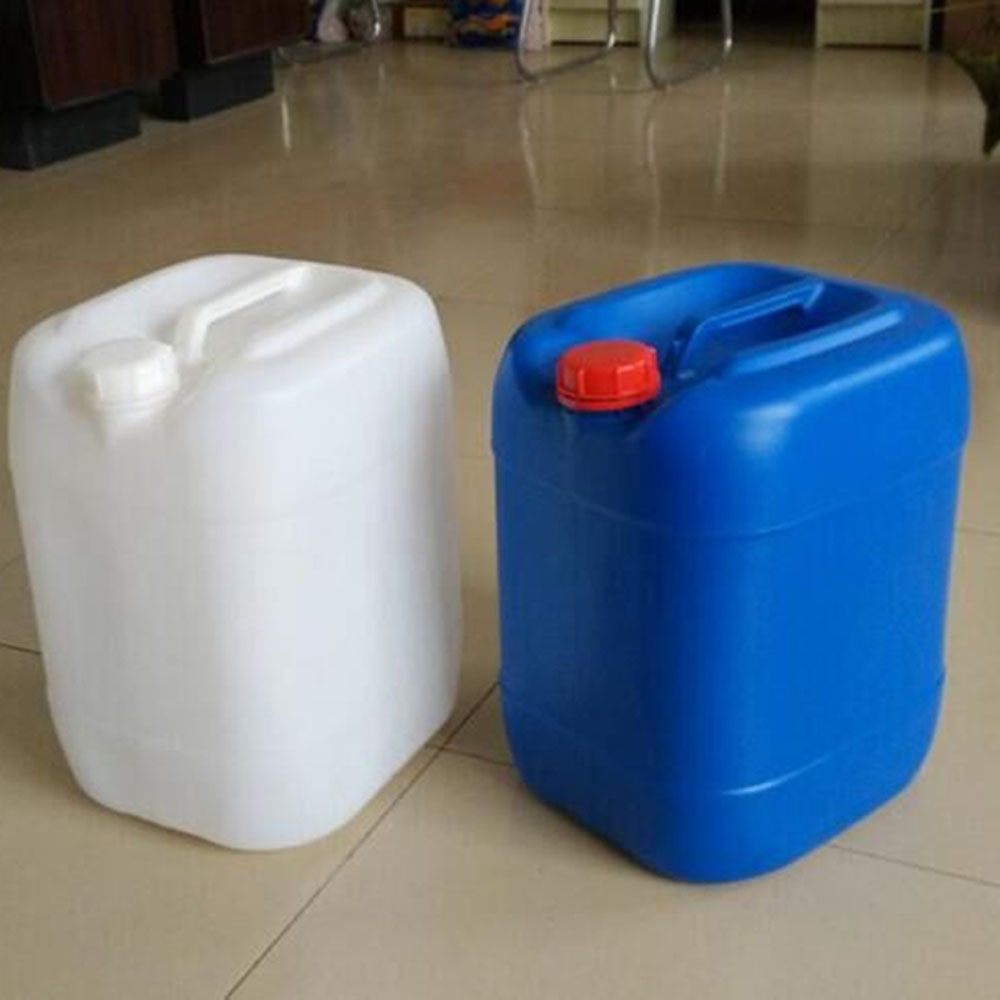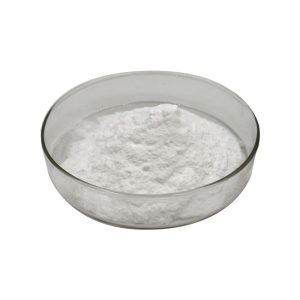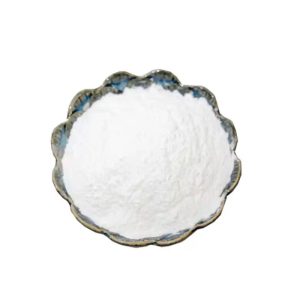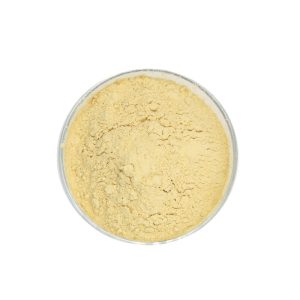ExtractEvening Primrose Oil CAS#90028-66-3
Evening Primrose Oil is extracted from the seeds of Oenothera biennis. Its main component is γ-linolenic acid (GLA), which is generally around 7-10%. It also contains a variety of unsaturated fatty acids such as oleic acid and linoleic acid.
It is usually a light yellow to amber liquid. It is insoluble in water, but soluble in organic solvents such as ethanol and ether.
It is often made into soft capsules and other dosage forms as a dietary supplement to supplement the unsaturated fatty acids needed by the human body, especially for those who lack these nutrients in their diet.
It is used in the production of skin care products such as lotions and creams. Its moisturizing and anti-inflammatory properties can improve skin texture, make the skin smoother and softer, and help alleviate problems such as skin sensitivity.


